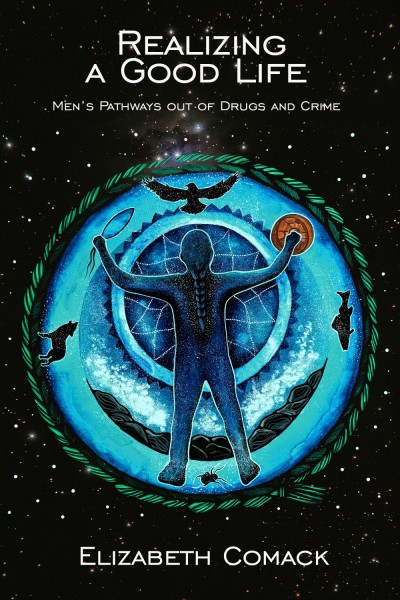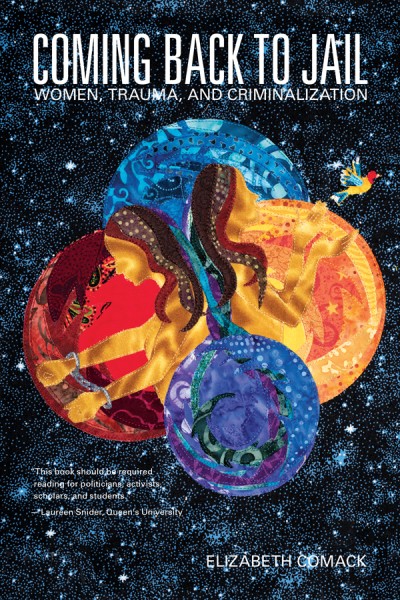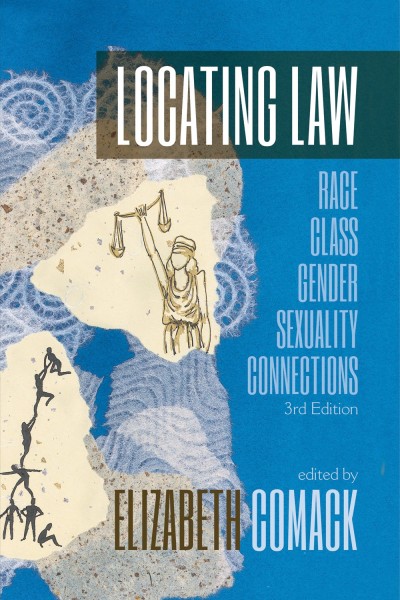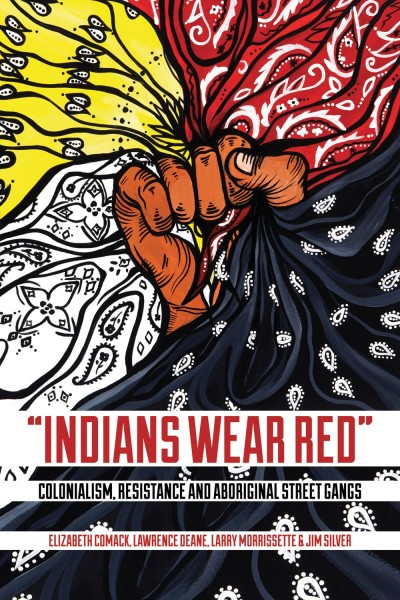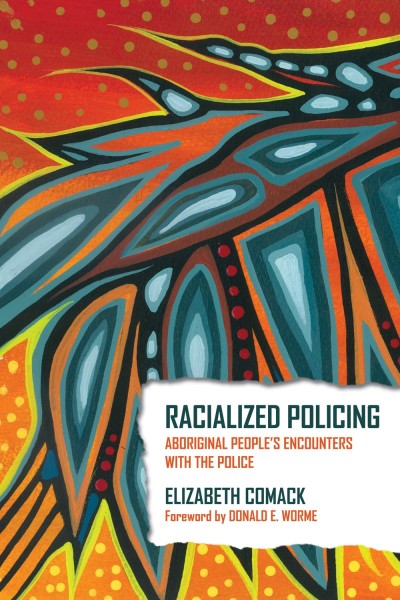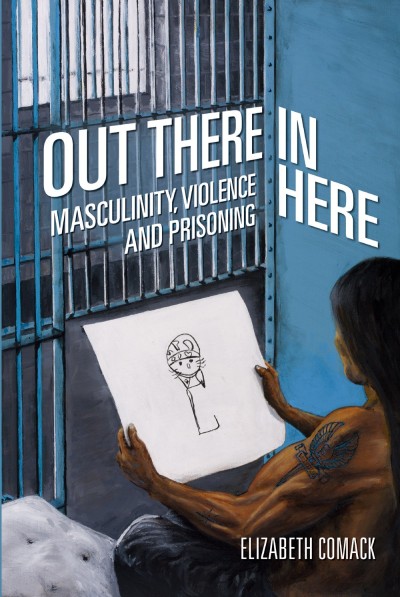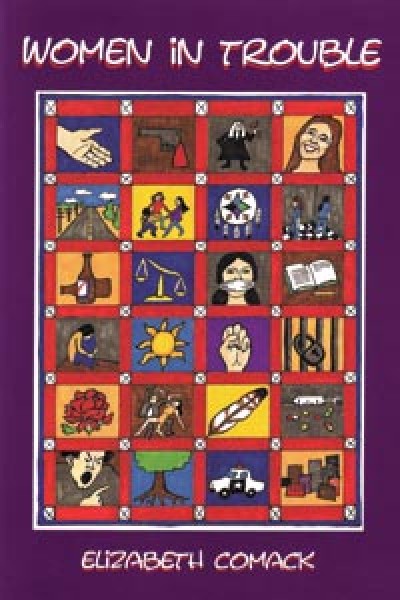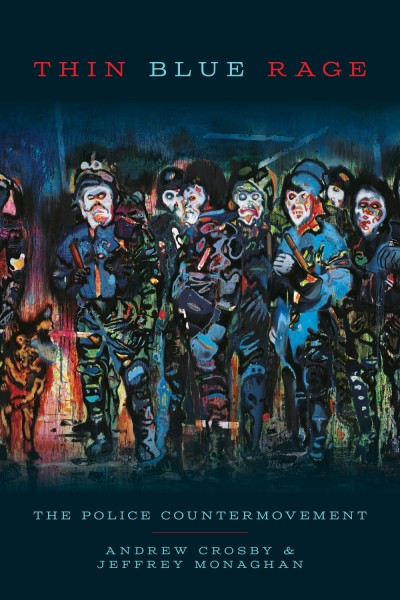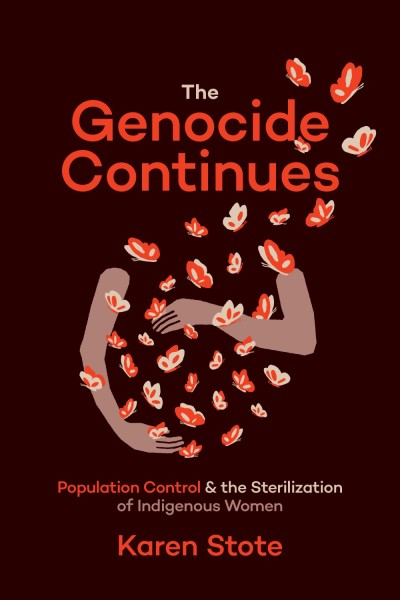
Criminalizing Women, 2nd edition
Gender and (In)Justice in Neoliberal Times
This book introduces readers to the key issues addressed by feminists engaged in criminology research over the past four decades.
About the book
Criminalizing women has become all too frequent in these neo-liberal times. Meanwhile, poverty, racism, and misogyny continue to frame criminalized women’s lives. Criminalizing Women introduces readers to the key issues addressed by feminists engaged in criminology research over the past four decades. Chapters explore how narratives that construct women as errant females, prostitutes, street gang associates and symbols of moral corruption mask the connections between women’s restricted choices and the conditions of their lives. The book shows how women have been surveilled, disciplined, managed, corrected, and punished, and it considers the feminist strategies that have been used to address the impact of imprisonment and to draw attention to the systemic abuses against poor and racialized women.
In addition to updating material in the introductions and substantive chapters, this second edition includes new contributions that consider the media representations of missing and murdered women in Vancouver’s Downtown Eastside, the gendered impact of video surveillance technologies (CCTV), the role of therapeutic interventions in the death of Ashley Smith, the progressive potential of the Inside/Out Prison Exchange Program, and the use of music and video as decolonizing strategies.
Contents
- Introduction (Gillian Balfour & Elizabeth Comack)
- Part I: Women, Criminology, and Feminism
- The Feminist Engagement with Criminology (Elizabeth Comack)
- Part II: Making Connections: Class/Race/Gender Intersections
- Introduction (Elizabeth Comack)
- Sluts and Slags: The Censuring of the Erring Female (Joanne Minaker)
- The In-Call Sex Industry: Gender, Class, and Racialized Labour in the Margins (Chris Bruckert & Colette Parent)
- Surviving Colonization: Anishinaabe Ikwe Street Gang Participation (Nahanni Fontaine)
- Dazed, Dangerous and Dissolute: Media Representations of Street-Level Sex Workers in Vancouver’s Downtown Eastside (David Hugill)
- Scars (Jackie Traverse)
- Part III: Regulating Women
- Introduction (Gillian Balfour)
- The Making of the Black Widow: The Criminal and Psychiatric Control of Women (Robert Menzies & Dorothy E. Chunn)
- From Welfare Fraud to Welfare as Fraud: The Criminalization of Poverty (Dorothy E. Chunn & Shelley A.M. Gavigan)
- The Paradox of Visibility: Women, CCTV, and Crime (Amanda Glasbeek & Emily van der Meulen)
- Examining the “Psy-Carceral Complex” in the Death of Ashley Smith (Jennifer Kilty)
- Part IV: Making Change
- Introduction (Gillian Balfour)
- Making Change in Neo-liberal Times (Laureen Snider)
- Rattling Assumptions and Building Bridges: Community Engaged Education and Action in a Women’s Prison (Shoshana Pollack)
- Experiencing the Inside-Out Program in a Maximum Security Prison (Monica Freitas, Bonnie McAuley & Nyki Kish)
- Enhancing the Wellbeing of Criminalized Indigenous Women: A Contemporary Take on a Traditional Cultural Knowledge Form (Colleen Anne Dell, Jenny Gardipy, Nicki Kirlin, Violet Naytowhow & Jennifer J. Nicol)
- References




